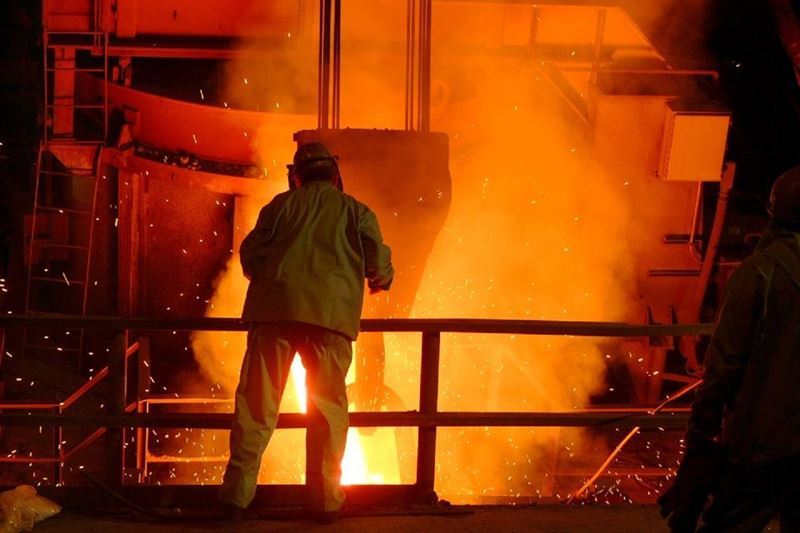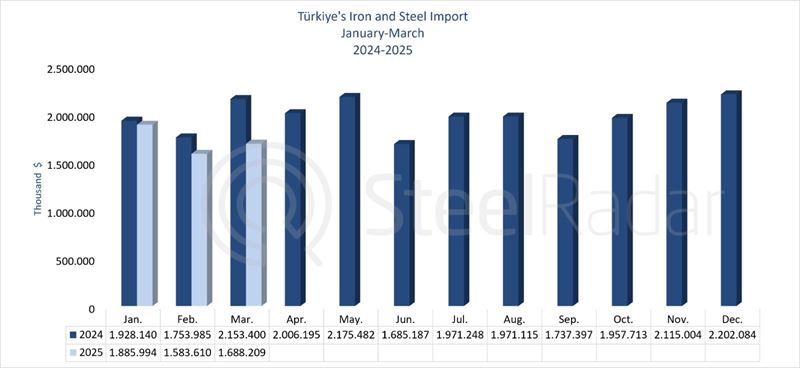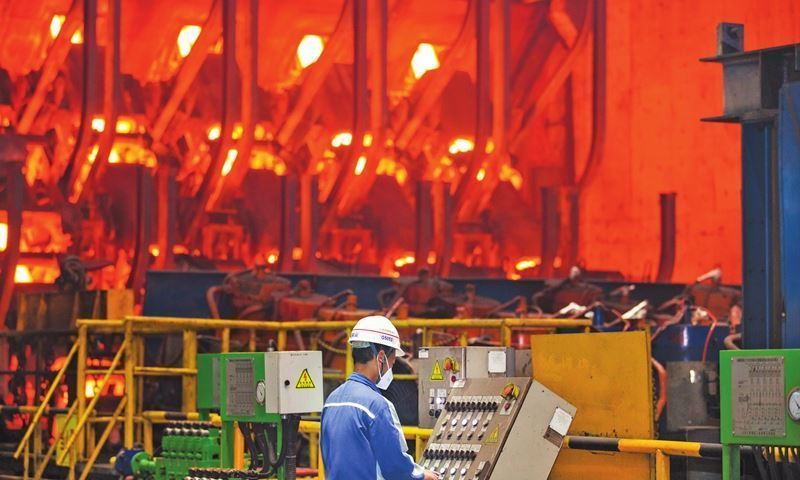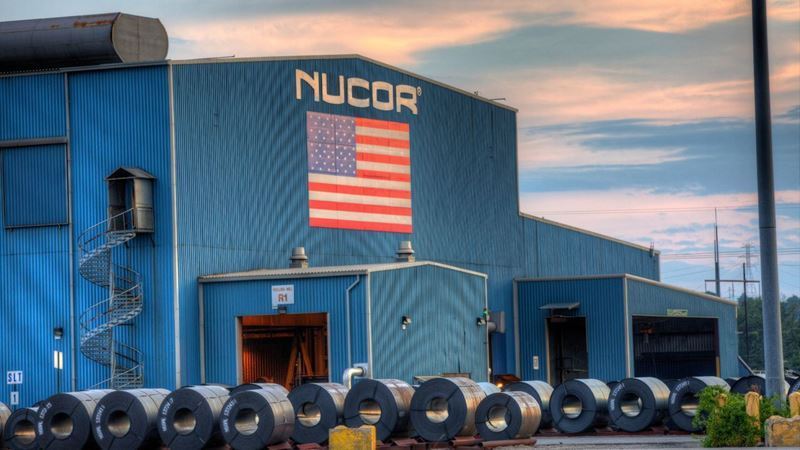According to the new report of the think tank Global Energy Monitor, coal-based steel production capacity operating with the "blast furnace-basic oxygen furnace" production method being developed in the world increased by 8 percent from 350 million tons in 2021 to 380 million tons in 2022.
While almost all of this new capacity is installed in Asia, China and India lead the said capacity increase on a country basis.
The global steel industry is among the critical sectors that need to transition to cleaner production methods to reduce emissions that cause climate change, but this transition appears to be progressing very slowly.
As the increase in coal-driven production capacity in the steel sector contradicts countries' decarbonisation commitments, there is currently a risk of 554 billion dollars of assets in the sector in question being idle.
According to the International Energy Agency's 2050 Net Zero Emissions scenario, the total share of electric arc furnace capacity in the steel industry should reach 53 percent by 2050. This means that 347 metric tons of coal-based capacity will have to be retired or discontinued and 610 metric tons of electric arc furnace capacity should be added to the existing fleet.
According to the Global Energy Monitor's Global Steel Facilities Tracker, there is 731 million tons of annual steel production capacity currently under development in the world, with 52 percent coal-based and 39 percent electric arc furnace-based capacity.
In her evaluation of the data, Caitlin Swalec, Heavy Industry Program Director of the Global Energy Monitor, stated that steelmakers and consumers should accelerate their steps towards decarbonization plans.











Comments
No comment yet.